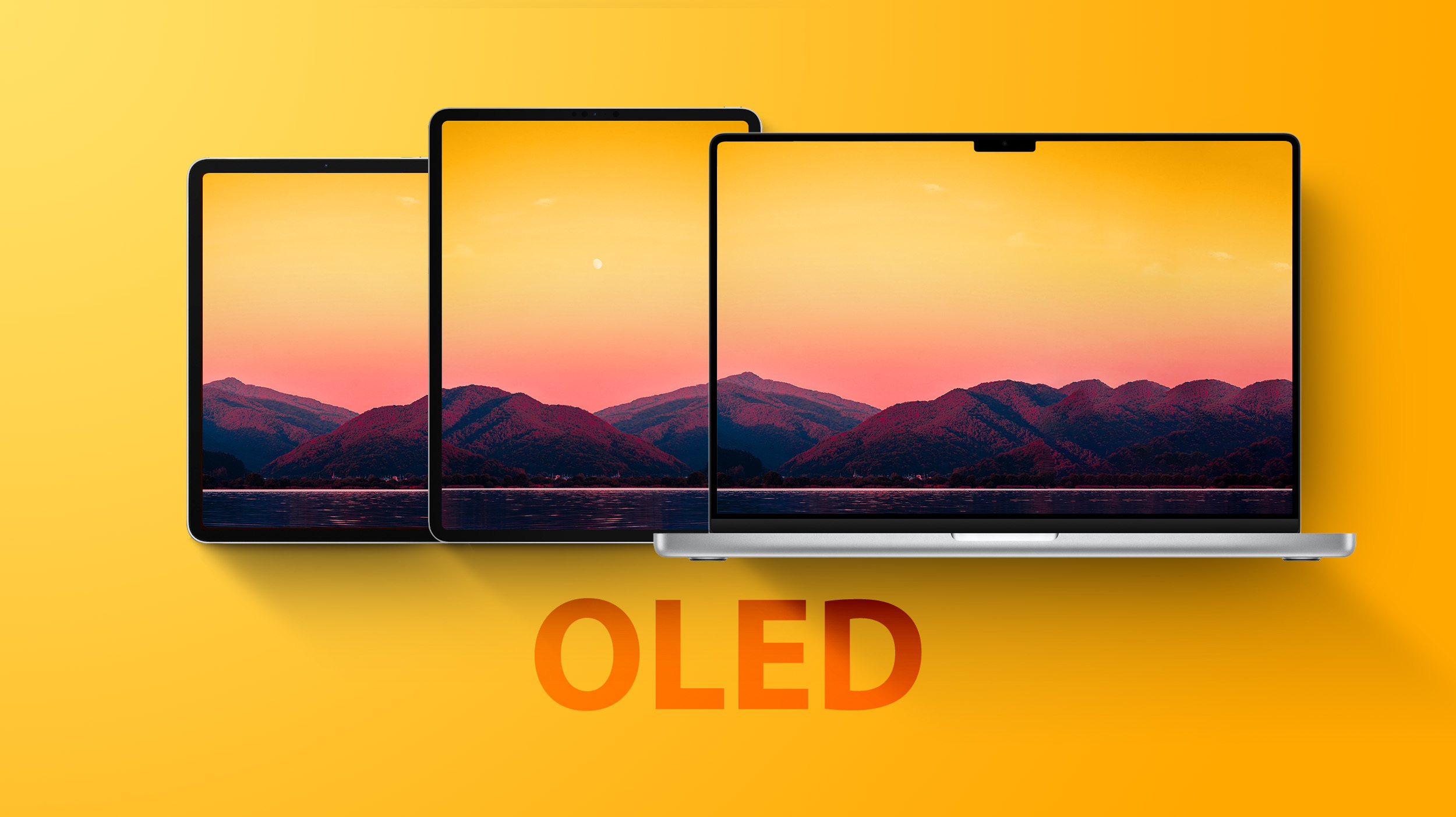
One of Apple's leading mini-LED suppliers says demand for displays in consumer products is shrinking while demand for mini-LED in other use cases is rising as Apple eyes a transition to move its iPad and MacBook line to OLED displays in the coming years.

A new report from DigiTimes today cites industry sources within Epistar, which has been providing mini-LED displays to Apple for some time, saying that demand for mini-LED displays for use in consumer electronic devices is decreasing and that it expects demand for mini-LED displays for use in dashboards and displays for vehicles to spike in 2023.
A report last week suggested Samsung is now prioritizing the development of specific types of OLED displays that Apple plans to use in upcoming iPad Pro models. According to reports, Apple is expected to announce the first iPad Pro with an OLED display in 2024, which has sparked mini-LED suppliers to eye other applications for its displays, according to DigiTimes.
Alongside an OLED iPad Pro, Apple is also rumored to launch a 13-inch MacBook Air with an OLED display in 2024. Apple is also considering using an OLED panel in an upcoming iPhone SE refresh, but the company is debating between using an LCD or OLED display, according to reliable display analyst Ross Young.
Article Link: Apple Mini-LED Display Supplier Says Demand Shrinking As Rumors Suggest Transition to OLED in Coming Years

